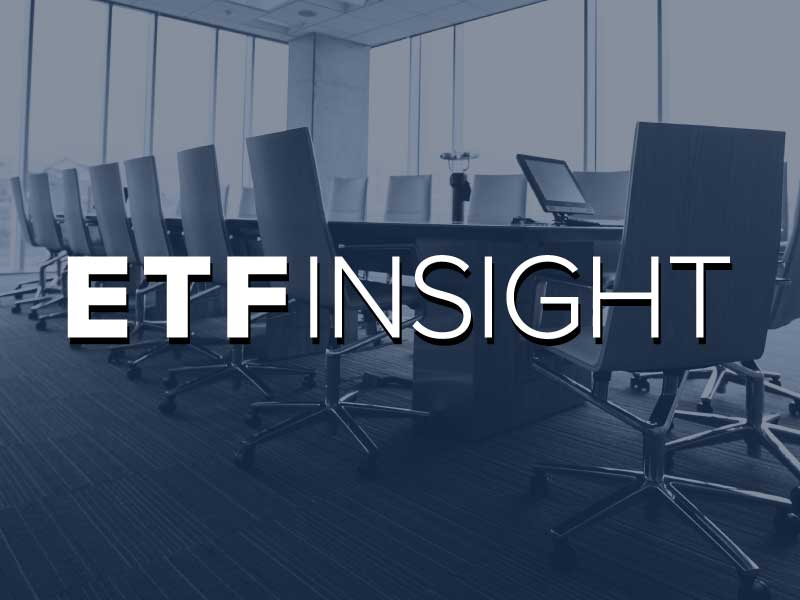There is an inconsistency from index and ETF providers on how governance metrics are measured when calculating ESG scores and in some instances, they are failing to tackle the real issues investors care about.
Governance is seen as the most important factor of the three by investors. A 2017 CFA Institute survey found 67% of respondents take governance into account in their investment analysis while just 54% said environmental and social.
However, in a recent research note entitled A Survey of ESG Vendor Data, Axioma measured the consistency of ESG scores between two rating agencies and found governance is the most inconsistently calculated, far behind environmental and social.
The reason for this, the research note explained, was because governance is an equal opportunity factor where any company from any industry can perform well. This lack of industry influence when compared to the ‘E’ and ‘S’ scores, the report said, has led to less consistency across the two rating agencies it measured.
Furthermore, Anthony Renshaw, director of index solutions at Axioma, added the subjective nature of governance metrics means index providers are struggling to create a universal definition of how to measure ‘G’.
“In terms of consistency, governance scored the worst,” Renshaw continued. “The onus is on ESG vendors to create a universal methodology.”
The lack of consistent methodology means it leaves the issues open to the index providers’ interpretations, meaning there is a danger they can avoid the key issues investors care about in their calculations.
An example of where this has not been addressed is around executive pay, a major issue for most consumers. According to the High Pay Centre’s 2018 executive pay survey, median pay for a FTSE 100 CEO jumped 11% in 2017. As a result, it suggested "remuneration committees and shareholders should place stronger emphasis on ensuring CEO reward is aligned with pay practices throughout the organisation".
S&P Dow Jones Indices (SPDJI), who uses RobecoSAM’s methodology to calculate companies’ ESG scores, takes into account the pay gap between CEOs and the firm’s average income, and also CEO variable compensation metrics.
However, another provider said they do not measure executive pay directly, but instead looks at factors such as whether a renumeration committee is in place, whether that is publicly disclosed and whether shareholders have a vote on executives’ packages.
The problem with this is it does not measure the CEOs actual remuneration package, which has become more of an issue since the Global Financial Crisis.
"FTSE 100 CEO pay jumped 11% in 2017"
Instead of just measuring the share price, CEOs are rightly now being judged on other performance metrics. The unintended consequence of this however, is it has, in fact, led to an increase in executive pay as new CEOs have a big influence on how the remuneration package is structured.
Some CEOs’ remuneration packages are now even being measured on ESG metrics however, if there is no universal consensus on governance issues and the real issues are not being tackled then this could potentially lead to bias outcomes.
The incentive for index and ETF providers is assets, according to Renshaw. If one is able to create a methodology which becomes the standardised definition of governance, then they will attract major flows.
“If somebody had a credible governance [ratings system] and made an index, the product would be very popular,” he added.
ETF Insight is a new series brought to you by ETF Stream. Each week, we shine a light on the key issues from across the European ETF industry, analysing and interpreting the latest trends in the space.


